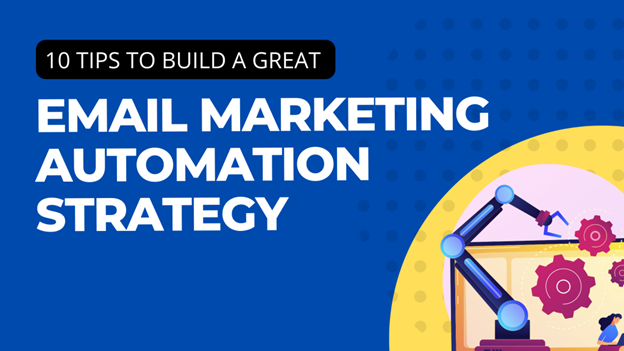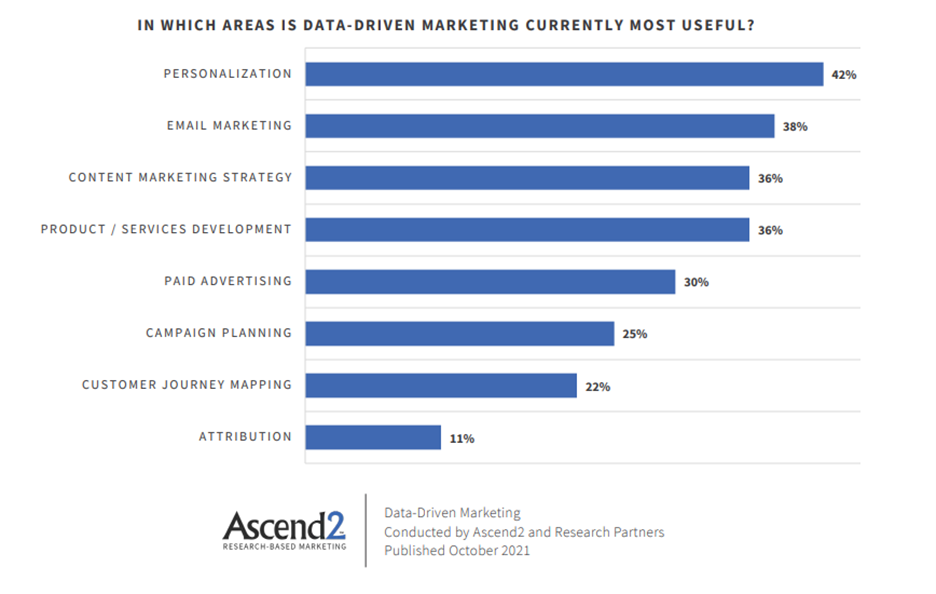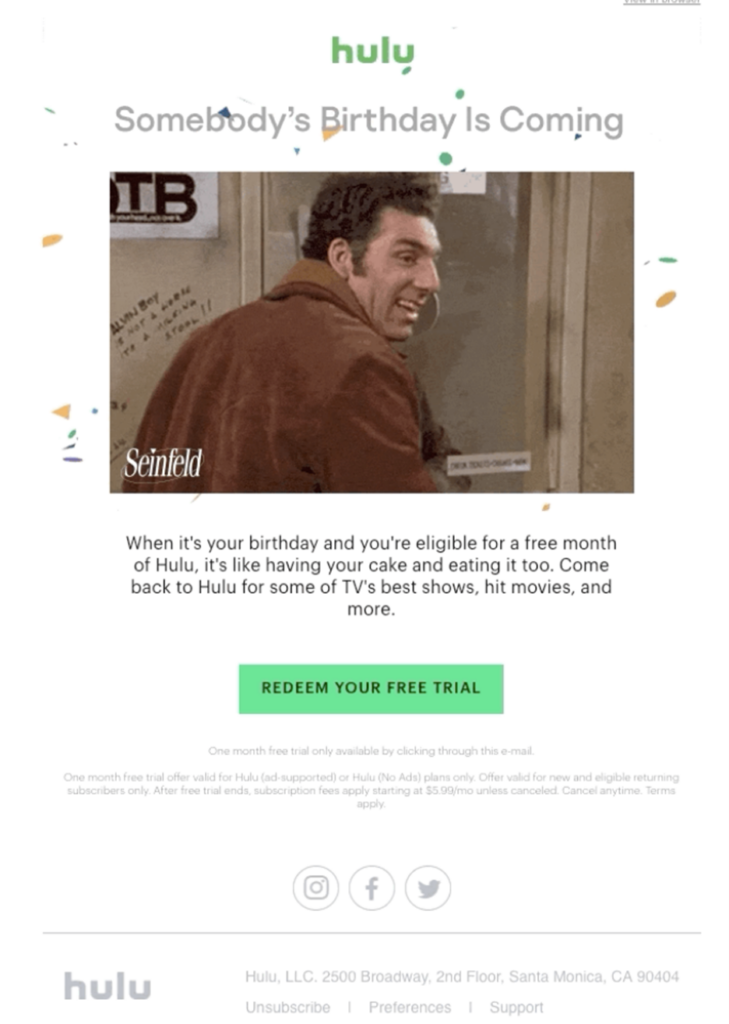
10 Tips to Building a Great Email Marketing Automation Strategy
Want to build relationships and drive conversions even while you sleep? Email marketing automation helps your business engage customers, nurture leads, and, yes, even drive conversions automatically.
Manual email marketing is hard to scale. When your list has only a few hundred subscribers, it’s easy to keep up, but as your list grows it becomes impossible to be effective.
Manual emails also fail to make use of data—like who your customers are, where they are located, and what they care about.
Email marketing automation allows you to send carefully crafted emails personalized to each subscriber while you focus on other essential tasks.
Not sure where to start? Here are 10 strategies to help you create a powerful automated email marketing strategy.
1. Segment Your Subscribers
Not all your subscribers are the same. They may be in different locations, interested in different products, or in different buyer personas.
This is why list segmentation is crucial to building a successful email automation campaign. Rather than sending every person on your list the same email, separate your list into groups based on demographics, behavior, or buyer personas.
For example, if you sell software to both the sales and marketing teams, you can segment your list and send sales-related content to one segment and marketing-related content to the other.
Here are a few other ways to segment your list:
- Current customers vs. prospects
- Single purchase vs repeat purchase
- Customers with a high order value vs. low order value
- Where customers are in the customer lifecycle
With larger lists, segmentation can get more advanced by segmenting each core group into smaller groups based on other attributes or even specific actions, like requesting a demo.
2. Create Personalized Email Campaigns and CTAs
Personalizing email campaigns and CTAs keeps your automated email campaigns fresh and relevant. People don’t want to see generic emails—they want to feel like you know them.
Not sure if personalization will be effective for your audience? According to Ascend2, 42 percent of marketers say personalization is the most effective use of data for email.
Personalization goes beyond using the {name} tag at the start of emails. It means customizing CTAs based on past behavior, adding the sender’s name (or company name in B2B) to CTAs, and sending relevant content to each user.
For example, you might add a CTA to purchase a new tent or camping equipment for someone who read a blog post about the best camping locations in Ohio.

3. Optimize the Emails to Include Mobile-Responsive Design
Nearly 85 percent of workers use their smartphones to check email. This means your emails won’t get read if your emails don’t load on mobile devices.
Most email platforms make it easy to build responsive emails using templates, but watch out for small changes that impact the mobile experience.
For example, subject lines and preheader text is often shorter on mobile devices, so keep those short. Pay attention to the size and purpose of your images and test them on mobile devices before hitting send. An awkward or large image can make emails hard to read on mobile devices.
Finally, CTAs should be front and center as mobile users may overlook CTAs buried at the end of an email.
4. A/B Test Your Email Campaigns to See Which Design Is the Most Effective
In email marketing, A/B testing means sending two groups different variations of email designs to see which performs better. Simple A/B tests can include testing different subject lines or CTAs to see which increases open rates or clicks.
More advanced A/B tests can test completely different designs or copy. For example, testing images versus no images or using different templates. Just don’t test too many differences at once—you might be unable to tell which changes impacted your bottom line.
5. Include Tracking Parameters on Links to Better Understand User Journey/Behavior
Most email automation platforms allow you to track open rates and clicks. But improving email automation means understanding how users interact with your brand long after they leave their inbox.
UTM codes (aka UTM parameters) are short pieces of code that track where users go after your email. For example, it might show you that users in one segment are more likely to head to your blog after reading an email or make a specific purchase.
Most prospects won’t make a purchase after reading one email. UTM parameters help you see the entire user journey, so you can optimize for sales, not just clicks.
6. Create Targeted Signup Forms for Email Newsletters Depending on Which Pages They Visit
When users sign up for your email newsletter, they are welcoming you into their inbox. It’s a powerful connection you can use to build trust, educate, and drive conversions.
Rather than using the same email sign-up form for all users, start segmenting subscribers from the beginning by creating targeted sign-up forms based on page visits.
Here’s what this might look like for a tech company:
- Visitors to a page targeting developers see a sign-up form to “learn more about API updates”
- Visitors on a page about social media strategies are prompted to “get digital marketing updates.”
Target sign-up forms can be adjusted paged on buyer persona, where they are in the buyer journey, or other metrics that matter to your business.
Users are more likely to sign up for a newsletter they think will be useful, and targeted forms help show you know who they are and what they want.
7. Engage Your Customers and Create a Personalized Email Journey
We already talked about sending personalized emails based on behavior or demographics. However, email automation can also send highly personalized emails based on the customer journey or specific actions or events in the user’s life.
For example, you might create automated happy birthday emails that include a small discount or free trial, like Hulu:
You can also automate emails for milestones, like “Congratulations on Two Years Using ABC Social Media Tool!” The email might include metrics the customer has hit or other interesting facts about your time together.

Source: https://files.reallygoodemails.com/emails/happy-almost-birthday-from-your-friends-at-hulu.png
8. Create Behavior-Related Emails, Such as Abandoned Cart Emails
Behavior-based emails make it easier to target users based on their specific needs and where they are in the buyer journey. For example, sending an automatic email when a user adds items to their cart but doesn’t check out.
Email automation based on user behavior builds loyalty because users know you are paying attention and care about their specific needs.
Other behavior-based emails might include:
- Follow up after a purchase to see if they’re satisfied.
- Send personalized recommendations based on past purchases.
- Asking for a review of a past purchase.
- Sending tips or strategies based on pages viewed or items purchased.
Sometimes a small push is all users need to complete an action.
9. Lead Readers to Personalized Landing Pages
Powerful landing pages can make or break your marketing campaign. Rather than sending every email subscriber to the same landing page, use data you’ve gathered to personalize landing pages based on user interest and where they are in the buying cycle.
Using website personalization, you can display the user’s local currency, time zone, or items they are likely to be interested in. B2B companies could personalize the page by mentioning the company a user works for or benefits relevant to their industry.
10. Analyze the Results of Your Emails and Optimize Strategies
Sometimes strategies we think will work don’t deliver results. Analyze results to determine the most effective strategies and optimize your email automation campaigns.
Start using A/B testing, as we mentioned earlier. Make sure to track important KPIs over time and look for changes. Email campaigns take time to deliver results, so pay attention to both short and long-term trends.
Finally, pay attention to KPIs like churn rate and average time to conversion rather than just open rates and click through rates. Conversion-based KPIs highlight the long-term impact of your email campaigns.
Data is the Key to a Powerful Email Marketing Automation Campaign
Marketing automation saves time, helps companies build long-lasting consumer relationships, and delivers a higher ROI. Email marketing automation combines the power of email marketing with the benefits of marketing automation.
Email marketing automation also provides detailed customer data you can leverage across your marketing to improve customer retention and increase conversions.
Learn how to create user-focused personalized email campaigns powered by AI with Zeta Global.


